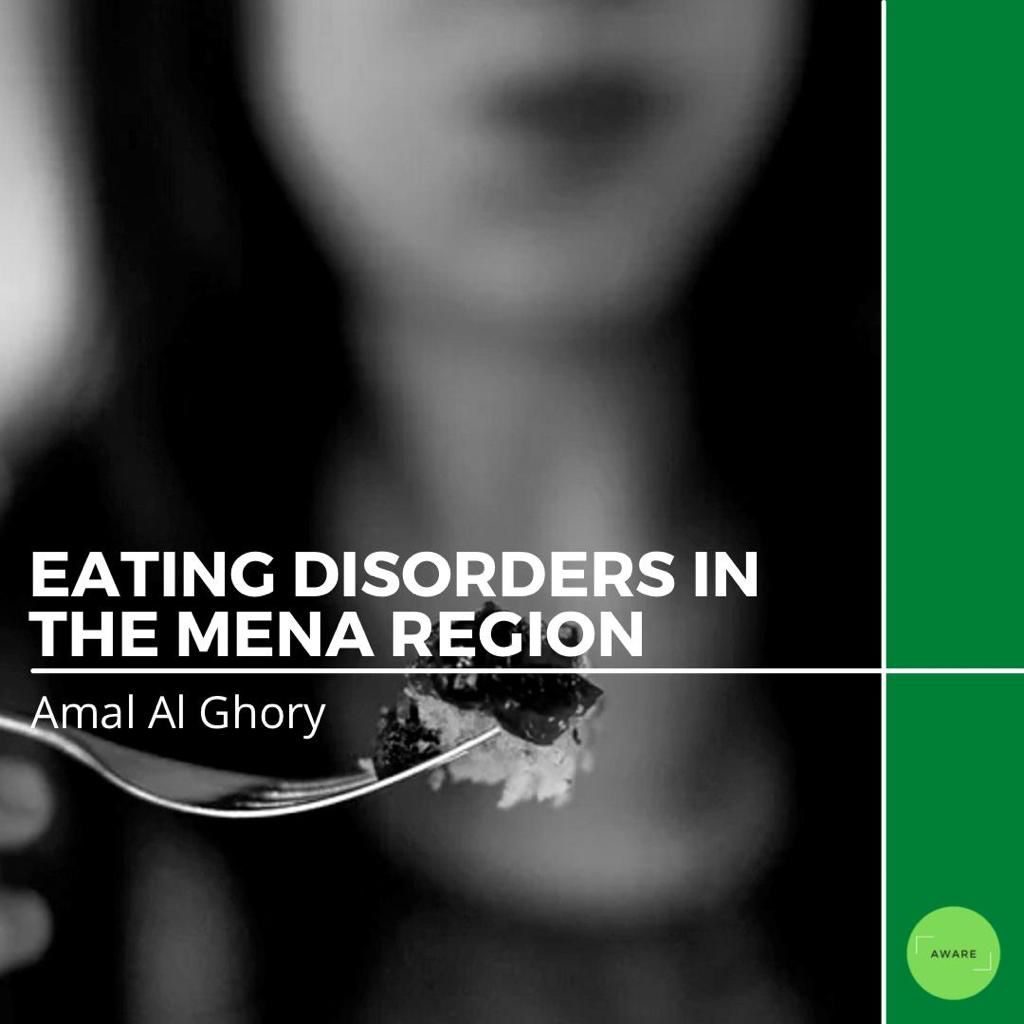From a young age, Arab girls are often subjected to comments about their appearance. They are regularly talked to about the “ideal” body image and how they should work towards achieving it, regardless of the methods. They are often told that, if they are not skinny enough, they will not find a husband nor be happy. In other cases, girls on the thinner side of the spectrum are commonly told that they should gain weight because being skinny is appalling.
The Situation in the MENA Region
Society in the MENA region mercilessly focuses on girls’ body shapes and sizes regardless of age. It is disheartening to witness, but the sight of a 9-year-old girl scrutinizing and criticizing her body in the mirror is not an uncommon occurrence. Those harmless appearing comments turn into a mentality that persists throughout those girls’ lives, feeding into an increasing epidemic of disordered eating habits and body dysmorphia. What really adds to the issue is the fact that society turns a blind eye to the extreme measures a girl could turn to as a result of such behavior and will still consider eating disorders a taboo subject that only appears in Western civilization.
A study conducted in Zayed University in the UAE – consisting of 228 female participants – shows that exactly 24% of the sample exhibit signs of disordered eating and a potential eating disorder, while 74.8% of the sample displayed dissatisfaction with their body image and appearance. Another study conducted in the UAE found that 23.4% of the random sample scored above the recommended cut-off EAT score. Furthermore, almost half of them were found to have a propensity for anorexia nervosa, and 2% fully met the criteria for the clinical disorder.
In Jordan, a study found that 86% of the surveyed sample believes that women struggle with body image, 72% believed that young women in Jordan suffer from an eating disorder, and a heartbreaking 14% of those taking the survey have struggled or are currently struggling with an eating disorder.
Dangers of Eating Disorders
Eating disorders can be deadly. In fact, 10% of those who suffer from an eating disorder lose their lives as a result, with EDs being the second deadliest mental illnesses after opioid overdoses. Those deaths result from complications such as bacterial infections, intestinal blockage, stomach rupture, esophagus rupture, pancreatic inflammation, seizures, sleep apnea, and numerous others.
It is important to note that many people who suffer from eating disorders are aware of the possible health risks and yet continue to suffer from them. Eating disorders are not a choice, with 24% to 78% of cases being caused by hereditary factors.
If you are someone else who might be suffering from an eating disorder, seek immediate help. Here is a list of signs that someone has an eating disorder.
Prevention and Help
Eating disorders can be caused by psychological and social factors that can be prevented. Here is how you can help prevent their development in someone you know –
- Promote a healthy body image
- Criticize idealized media beauty standards
- Avoid dieting in front of children
- Share information about the health risks of emotional dieting
- Compliment people on their personality and achievements rather than on their appearance
Additionally, you can help someone with an eating disorder by educating yourself on it and learning what to say and what not to.
